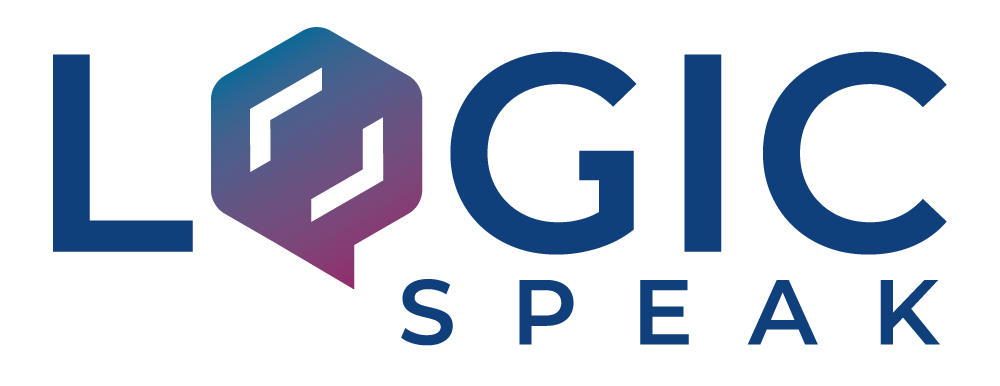If you were setting off on a cross-country, multi-week road trip, would you just hop in the car and go? Without planning? Without hotel reservations? Without an itinerary? Without a GPS to tell you the best route? How would you establish a budget without knowing where you were going and what you were going to do? Without a GPS, you might end up in the wrong state or taking a round-about route across the country. Even if you reached your destination eventually, it would take you longer and cost more.
IT is a lot like a road trip. Without a strategic IT roadmap—the GPS in this metaphor—you don’t end up where you want to be as a business. Or if you reach your business goals, it takes you longer and your IT spend is much greater. Just as a GPS alerts you to problems on the route ahead and reroutes you, so does a strategic IT roadmap help you anticipate IT needs and problems and budget for them accordingly. In the break-fix, unplanned model of IT, you barrel down the road aimlessly, run into traffic jams, get flat tires, and spend money without planning. But with a strategic IT roadmap, there are few surprises. You anticipate the twists and turns of the road—industry changes, market changes, technology advancements, business needs, and more—and are proactive rather than reactive.
Stay Connected!
Get the latest IT trends and best practices in your inbox.
What is a strategic IT roadmap?
A strategic IT roadmap essentially is just a plan. It ensures that that your technology stays aligned with your business needs and allows your business to be intentional about technology use and IT spending. During the roadmap development process, you examine your business plans, goals, and needs; identify business initiatives; and determine what the standards and best practices are for your industry and plans. After performing a gap analysis to see where your infrastructure is lacking and a technology alignment to align your environment and business needs, you can start to make the one to three-year plan for your IT actions and spending, including prioritizing projects and costs.
Prioritization lets you take on projects in manageable and affordable pieces and considers questions such as:
- Where are the vulnerabilities that must be addressed first?
- What investments or actions can be leveraged for the greatest benefit?
- What technology solutions will help your business achieve regulatory compliance more efficiently?
- What equipment or software is nearing end-of-life or needs replacing or upgrading soon?
- Which of your business initiatives will need technology support immediately?
- What are your security needs?
From pain point to competitive advantage—changing your perspective on IT planning
In the break-fix model of IT mentioned above, business owners or executives often view IT not as a benefit to their organization, but as a pain point—something eats resources and slows down productivity. They view IT spending as necessary only when they must fix something that is broken. Businesses with this prevailing attitude don’t spend a penny more on IT than is necessary to fix things and consistently only consider price when choosing a technology or provider. This attitude reinforces a reactive role for IT because there is no planning or strategizing involved, technology is not aligned to help the business meet its goals, and businesses are not prepared when technology does break.
Businesses who successfully leverage IT for increased productivity, improved agility, and business advantage do so because their business leaders view IT as an essential function in their companies. They don’t view IT planning as a pain point, but as a tool that can provide them with advantages over their competitors. They know that developing and following a strategic IT roadmap provides their businesses with several benefits, including the following:
- Keeps your business focused on its goals and objectives
- Enables an agile response to market changes
- Aids in digital transformation
- Drives down costs and reduces waste
- Improves efficiency
Technology can be a mess. Let us take it off your hands, so you can do what you do best in running your company. Fill out the form on this page to schedule time with us.


Recent Comments